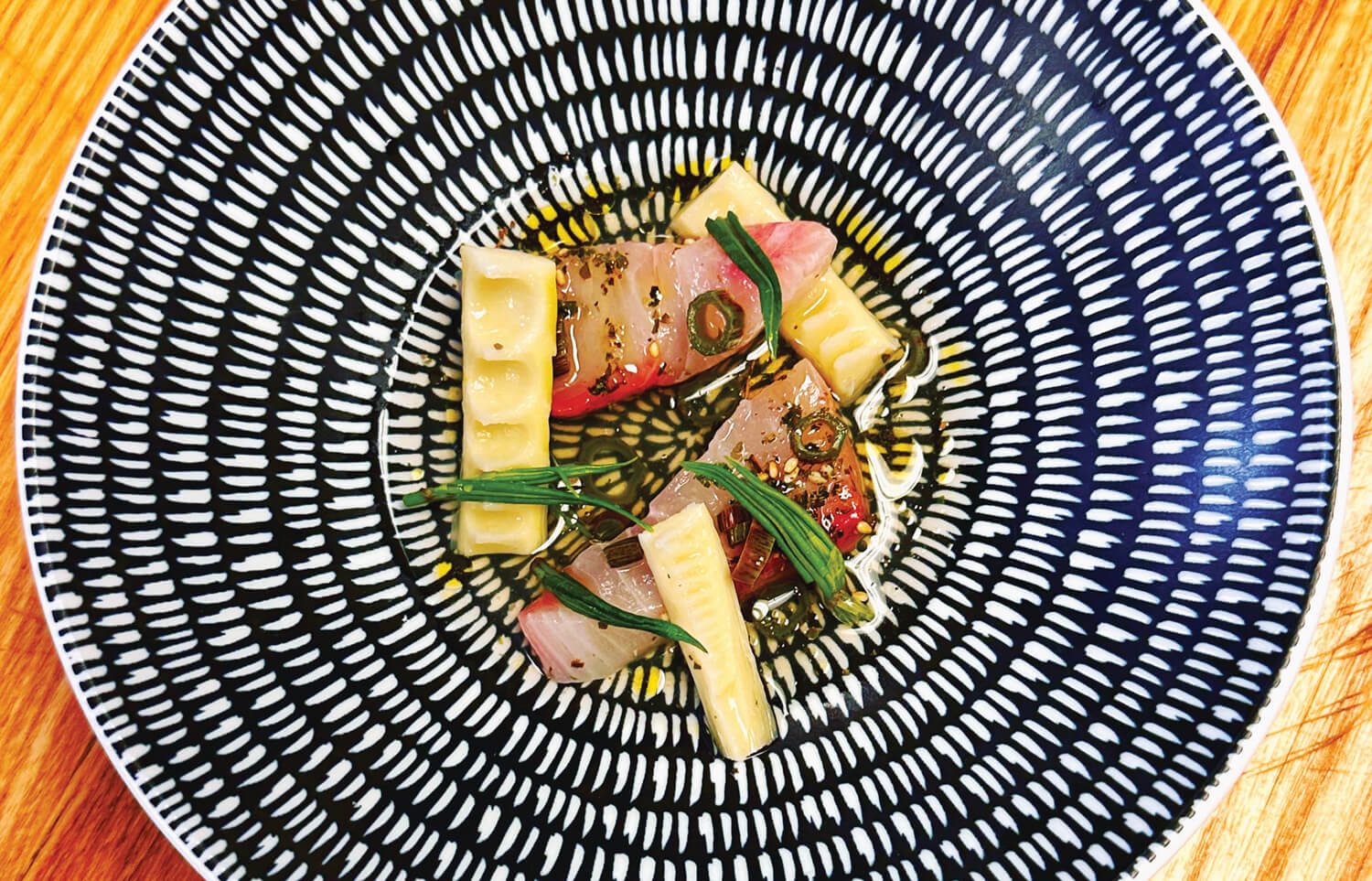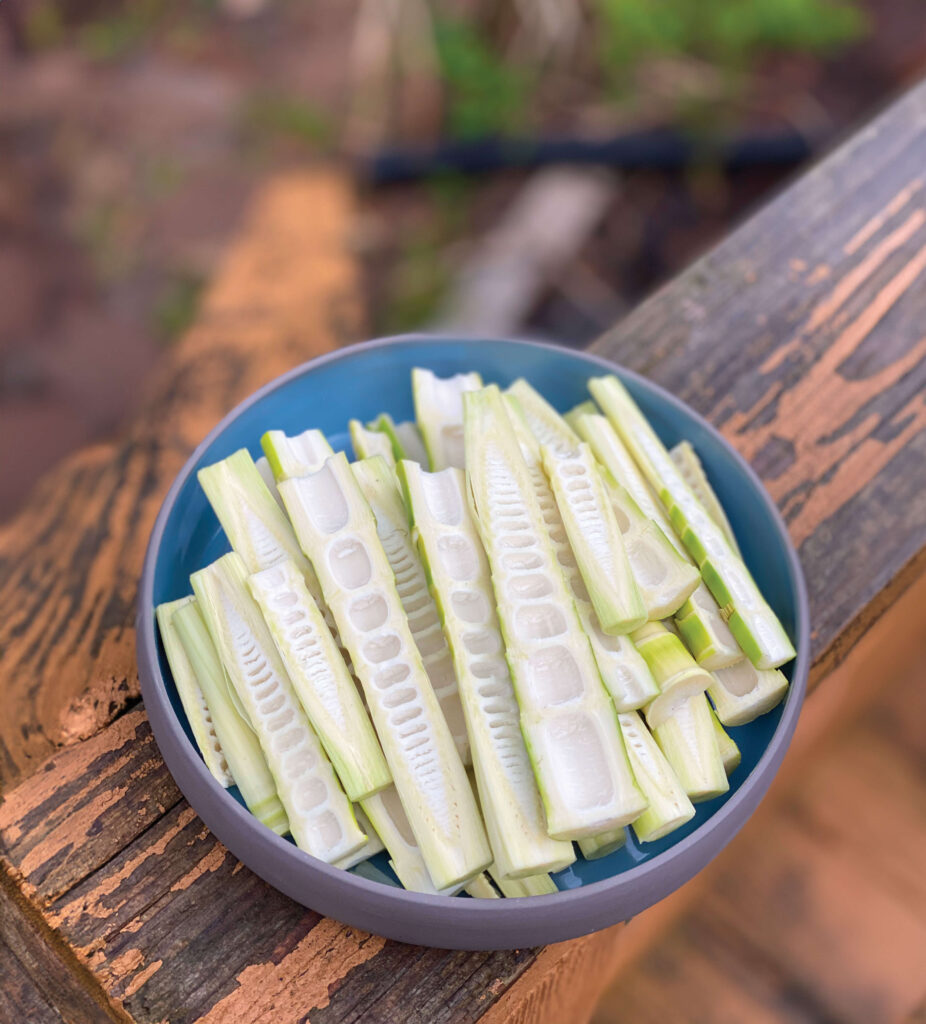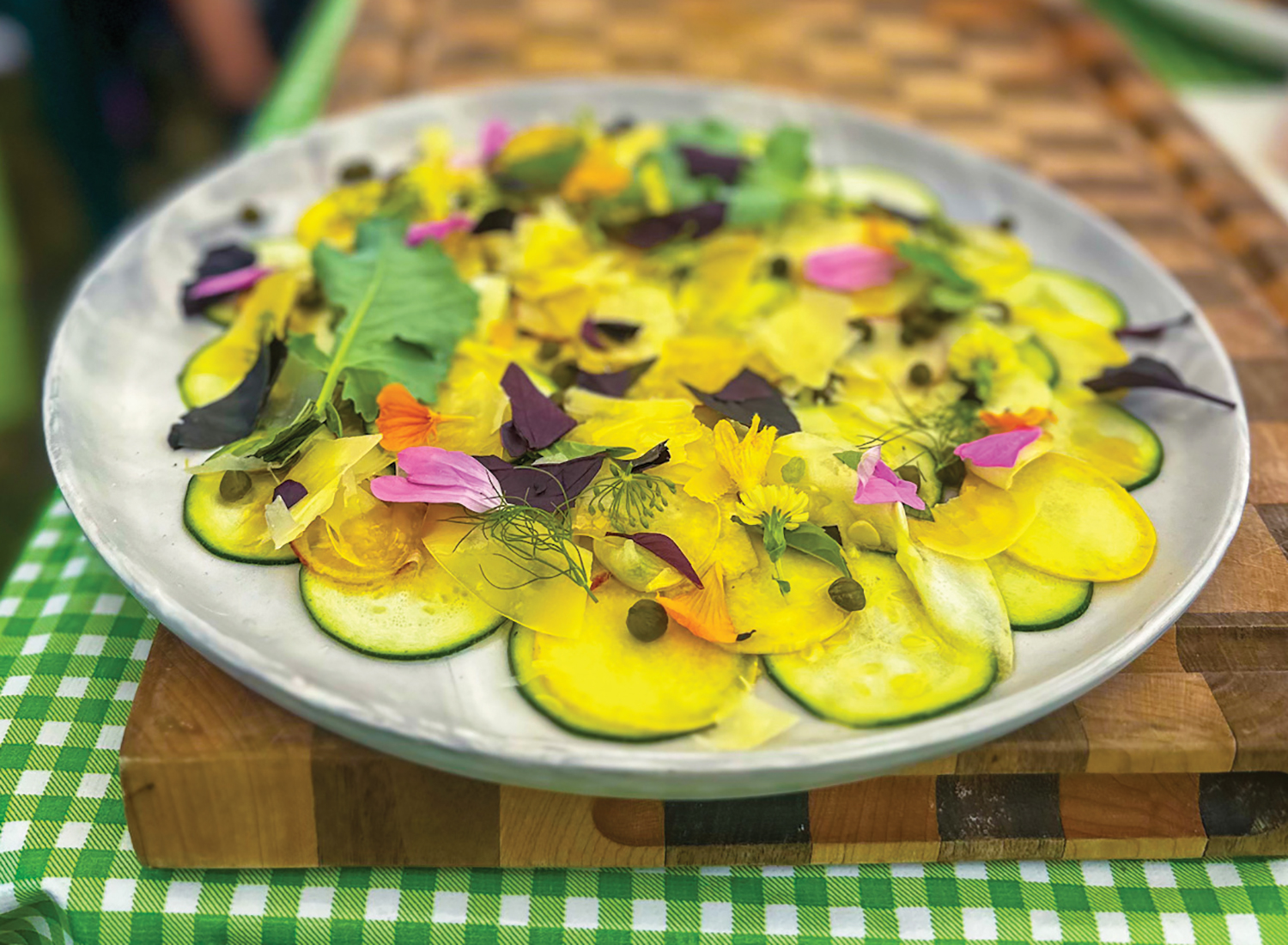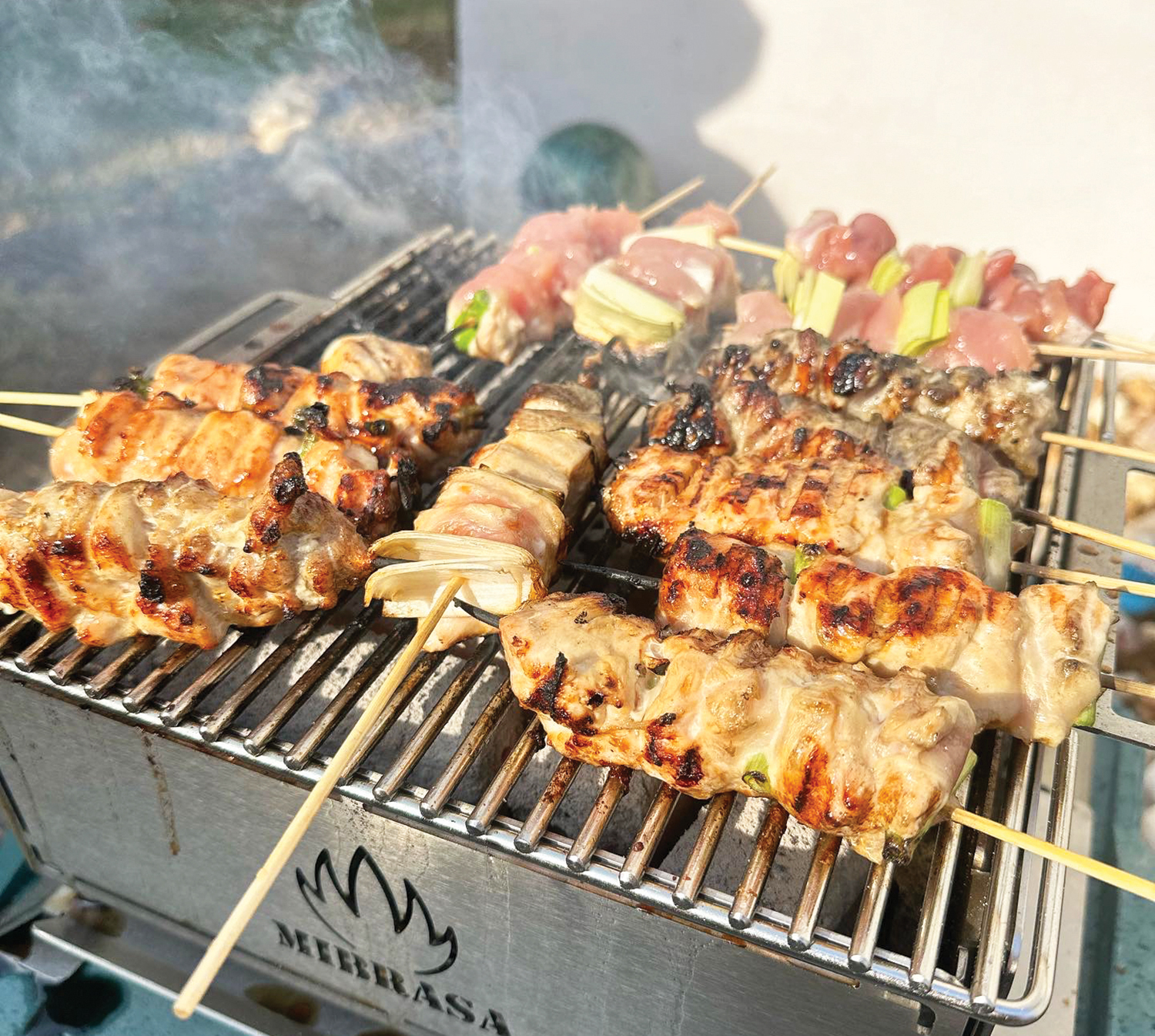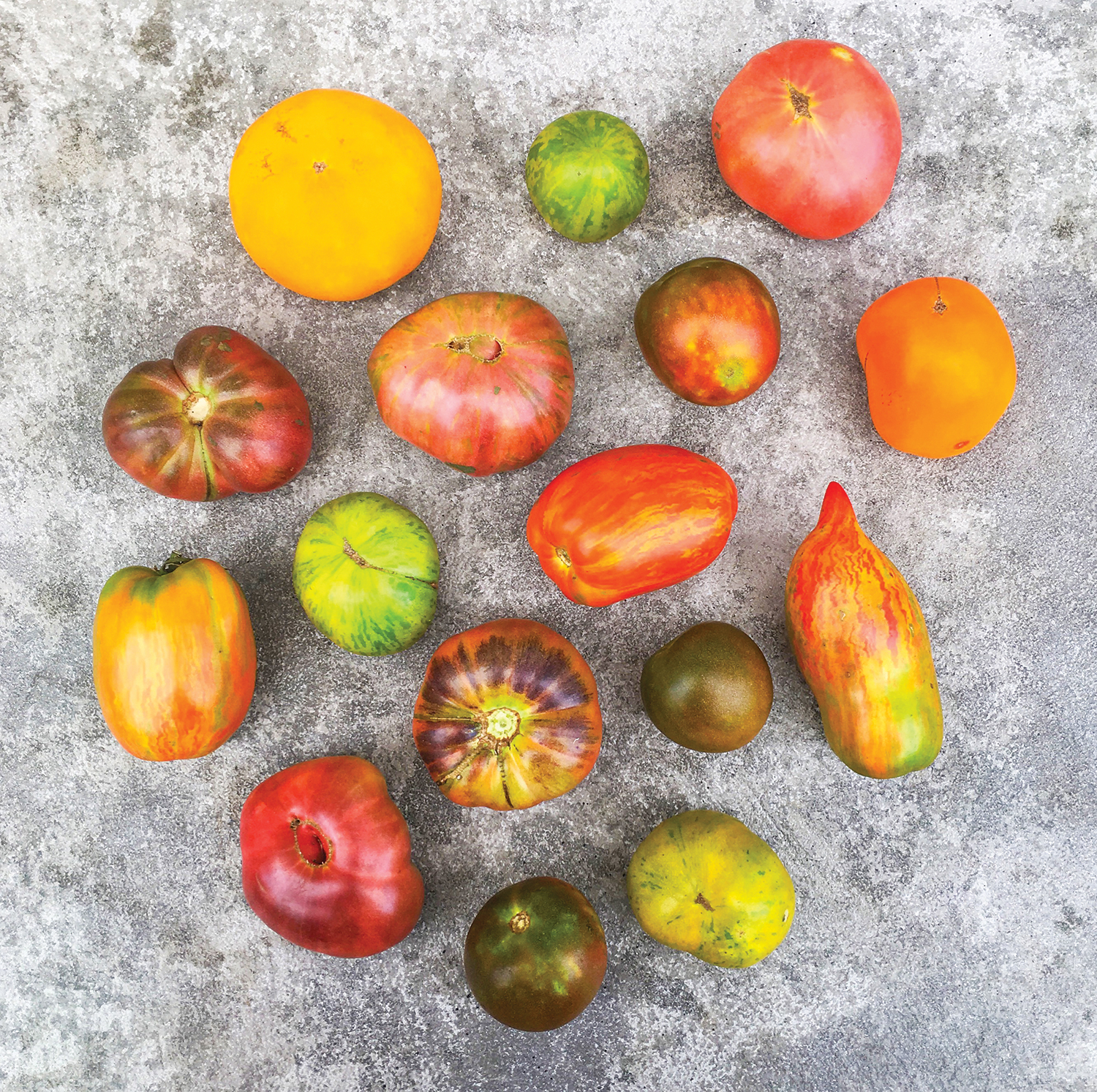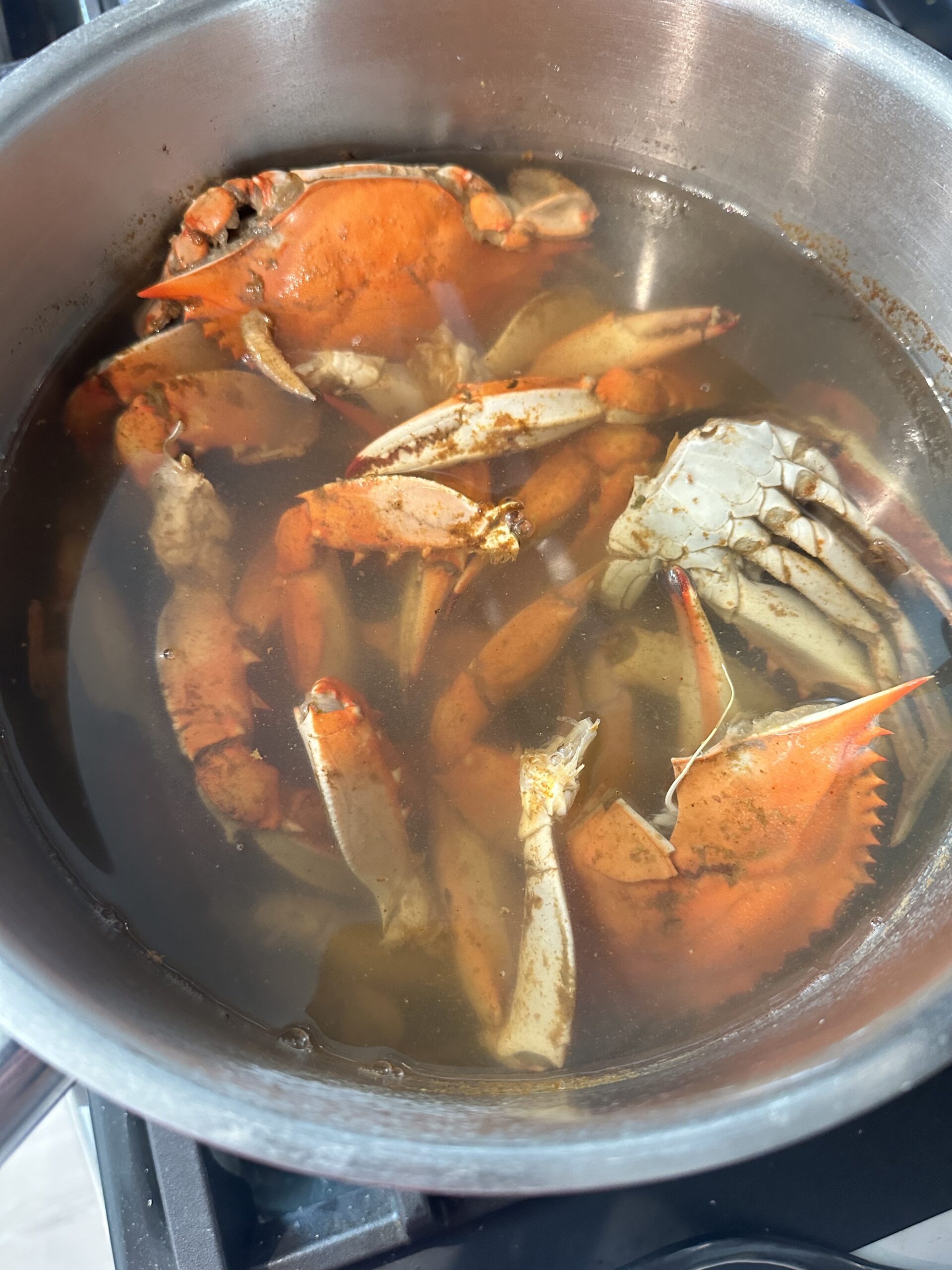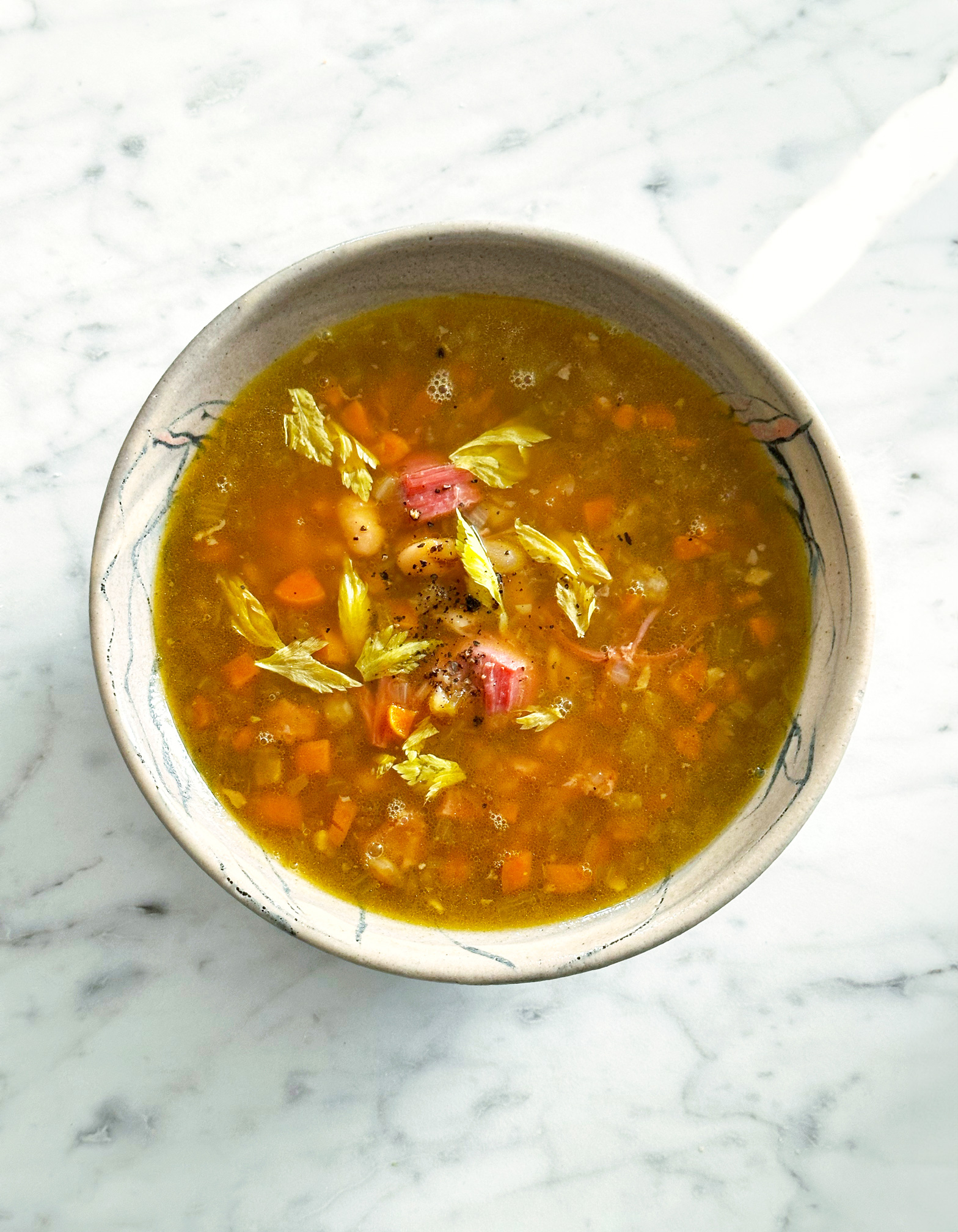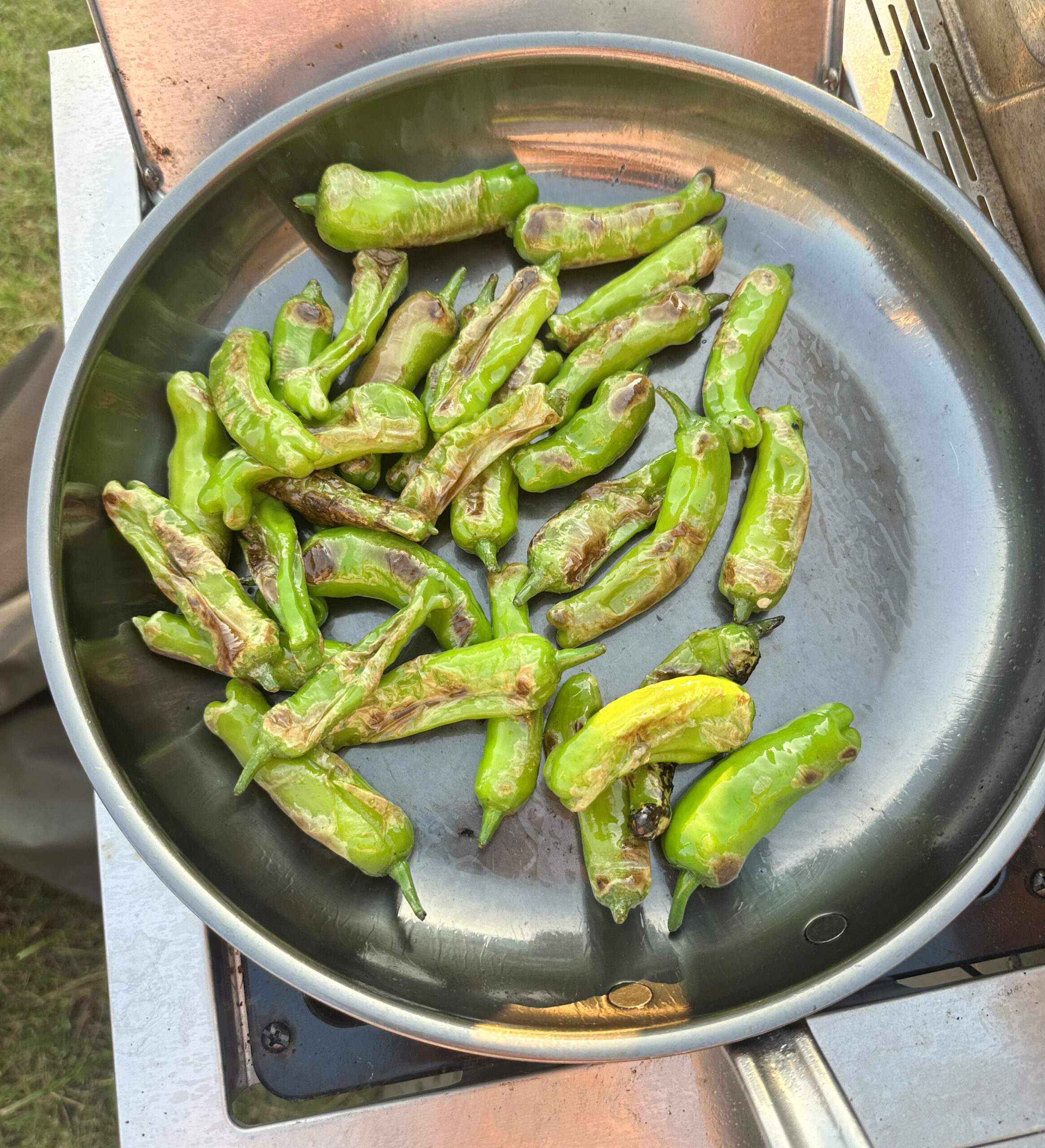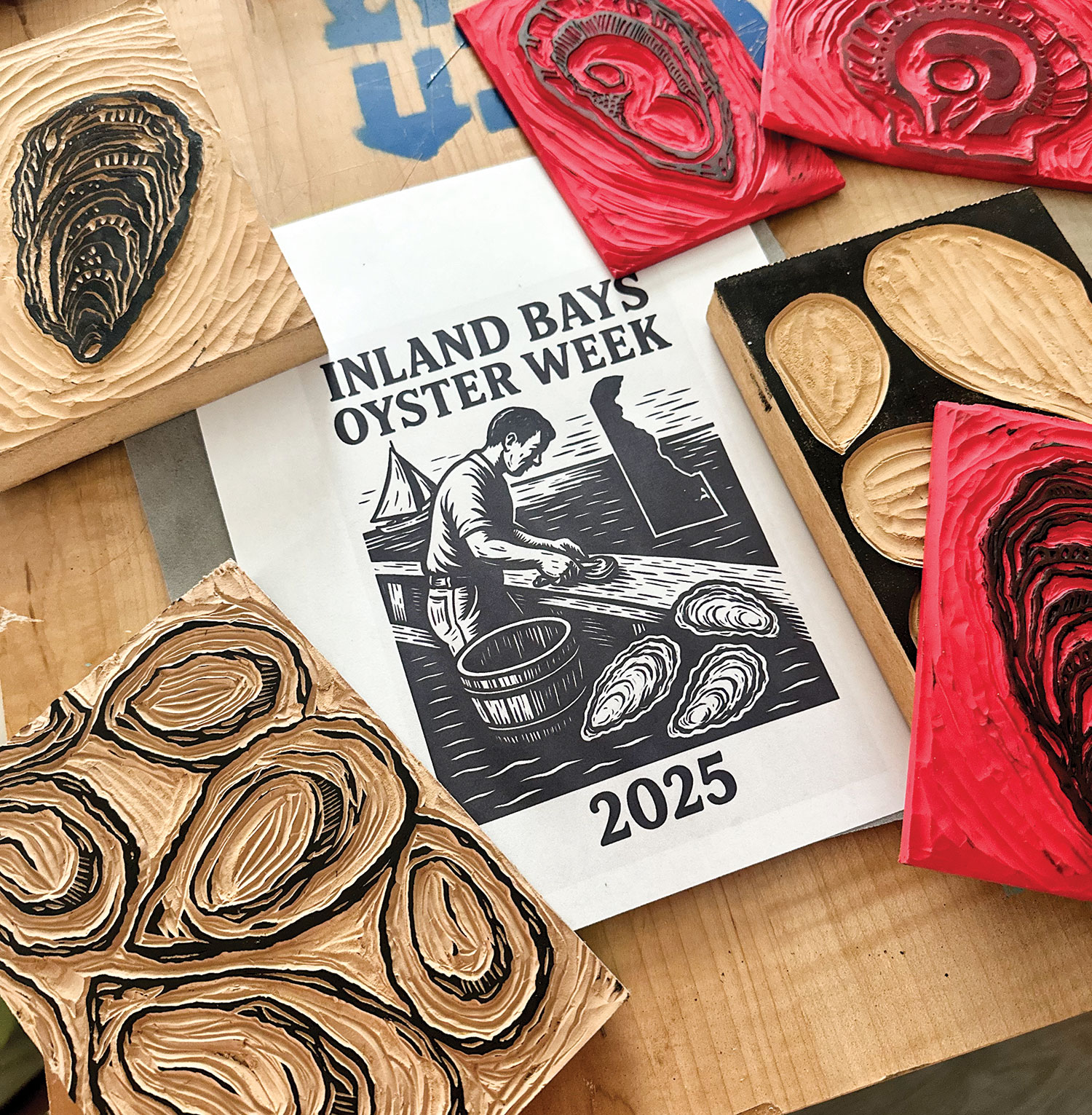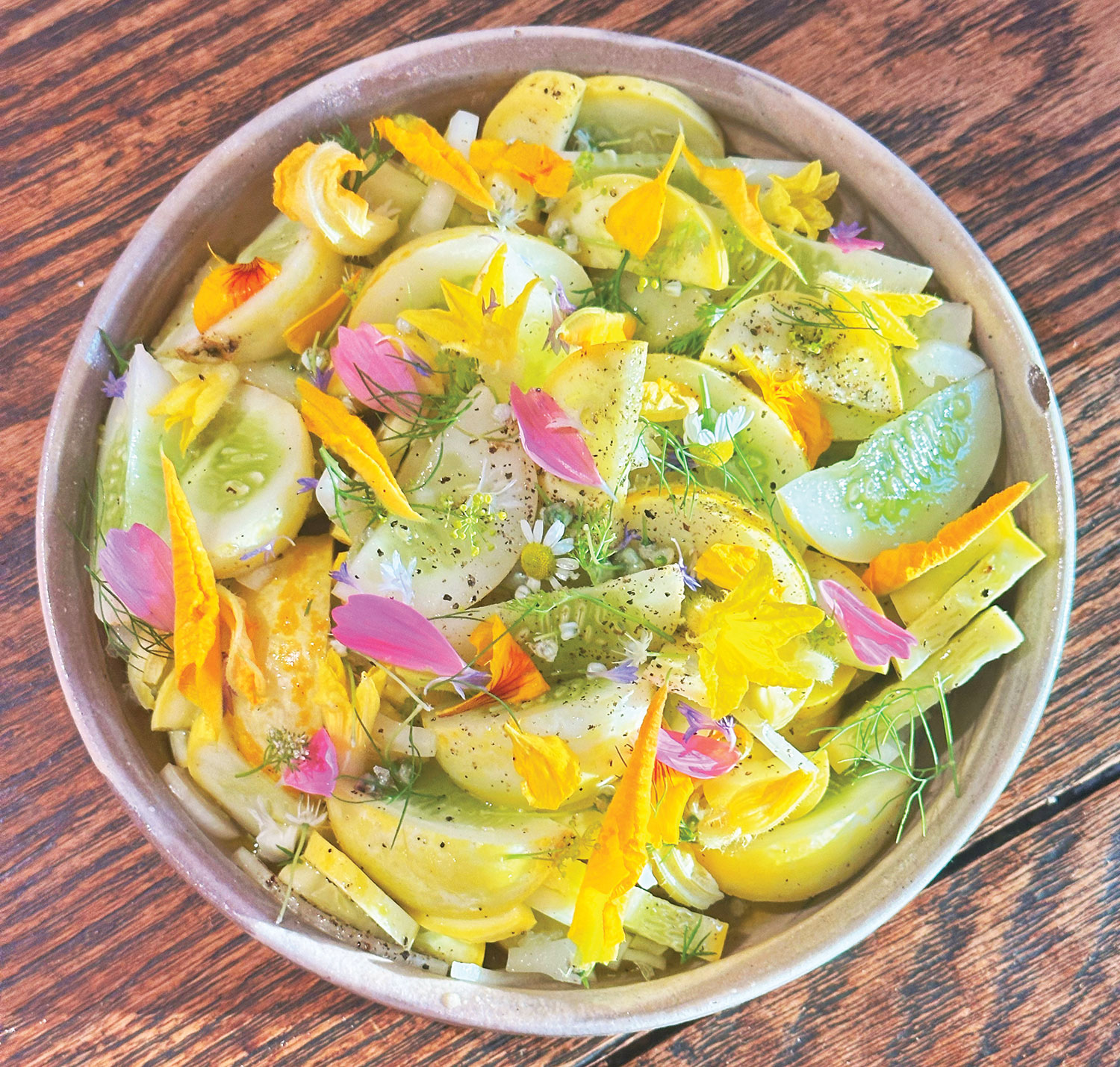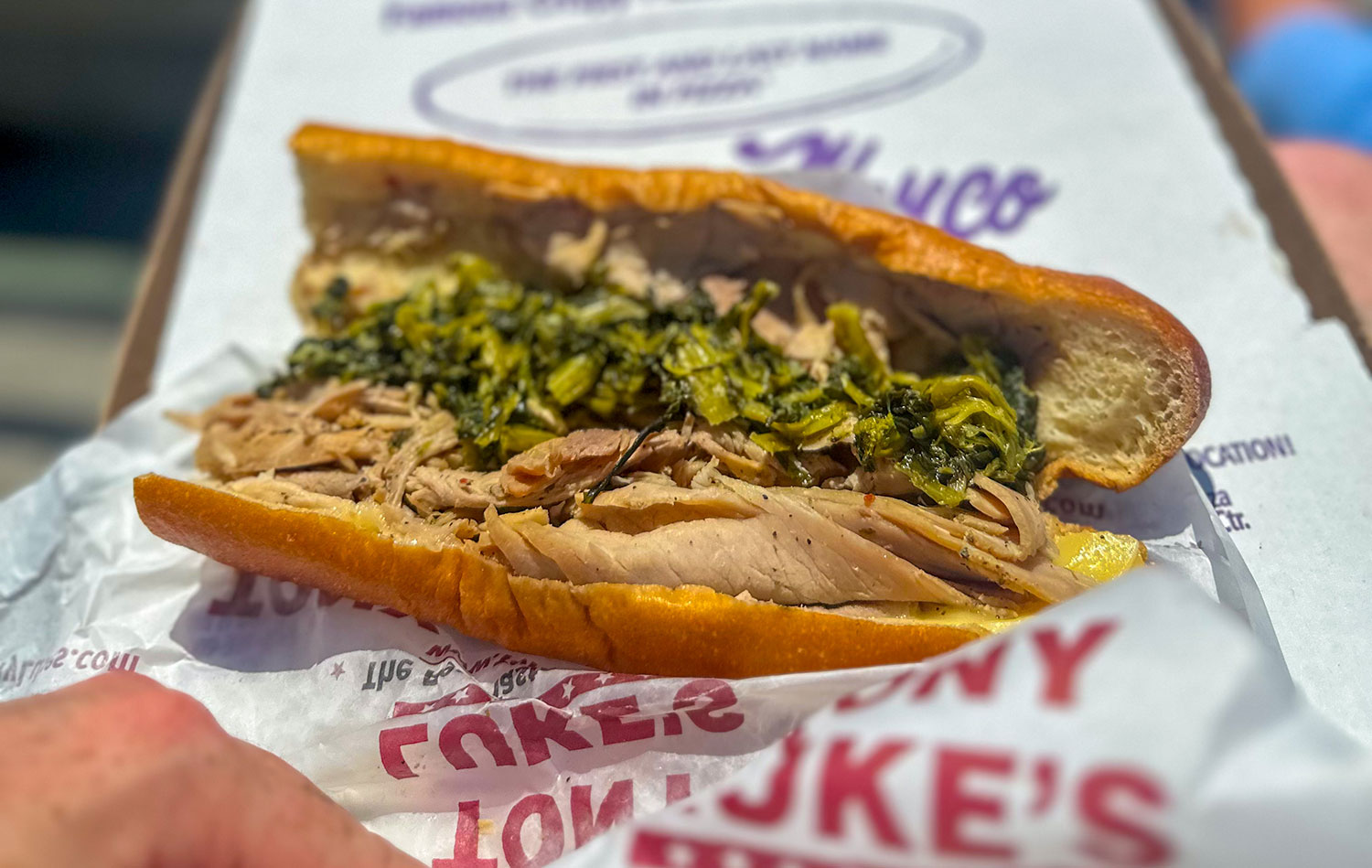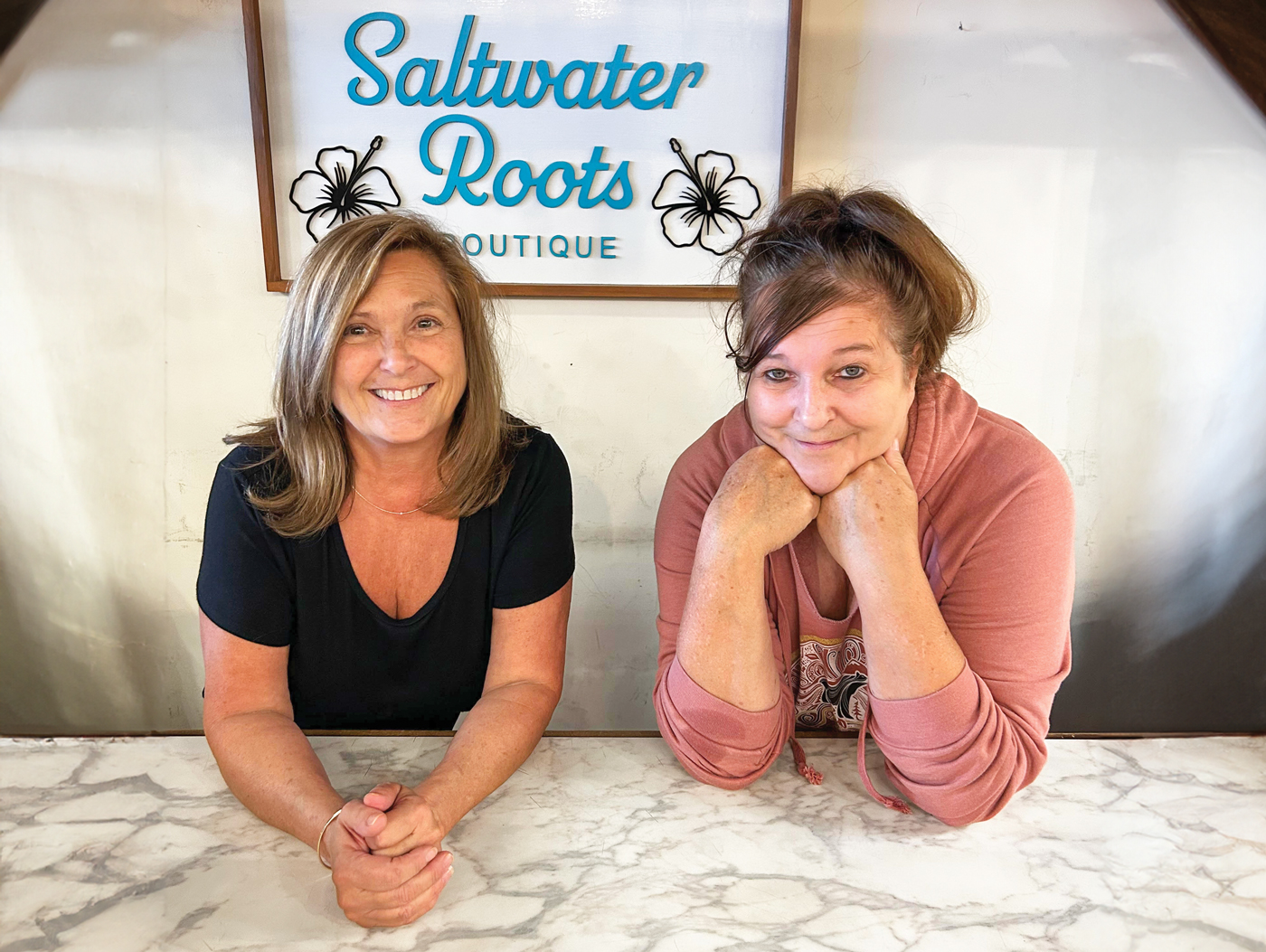As the vibrant green of spring unfolds each year, I go on an expedition into the untamed landscapes of my neighbors’ yards and woods here in Southern Delaware. But my quest is not for the usual suspects like mushrooms or nettles. No, I’m after bamboo shoots, which tower above and are surprisingly delicious. This fast-growing plant, often considered a nuisance due to its invasive nature, has transformed into an annual gastronomic hunt that never fails to thrill me as I harvest and
prepare them.
Primarily native to Asia, bamboo has woven its way into the fabric of many cultures, particularly in China, Japan, and India, where it’s celebrated not just for its utility in construction and crafts but also as a culinary delight. Introduced to America as an ornamental plant, bamboo seemed an ideal choice for quick-growing privacy screens and landscape accents. However, it adapted too well, proliferating rapidly in yards and forests, often escaping the confines of its initial planting.
The harvesting window for bamboo shoots is tight—a few weeks in spring when the shoots break through the soil. They are best when tender and pale before they grow too fibrous and tough. With permission from a few generous friends, I visit spots where the bamboo runs wild and unchecked, wielding a sharp knife used to harvest. The goal is to cut the shoots at their base while they are no more than a foot or two tall, the prime state for
culinary use.
Why do I, a chef and an advocate for local and sustainable eating, focus on this wild edible? It is one of my favorite things to eat. Bamboo can overwhelm native plants if left unchecked. Still, it greatly benefits the environment due to its rapid growth and capacity for carbon sequestration or carbon dioxide capture.
The harvesting window for bamboo shoots is tight—a few weeks in spring when the shoots break through the soil.
Preparing bamboo shoots in the kitchen is a cherished yearly ritual for me. I start by peeling the outer skin and blanching. The blanching includes multiple rounds of boiling in salted water to remove natural toxins, making the shoots safe and palatable. After blanching, I often cook them in a flavorful court bouillon, similar to how I prepare artichokes. A court bouillon is a seasoned aromatic liquid traditionally used for poaching seafood or vegetables. It simmers water, wine, vinegar, herbs, spices, and vegetables to create a light, flavorful broth. This quick-cooking broth does not contain the gelatin found in longer-simmered stocks, making it ideal for delicate cooking.
Bamboo’s culinary influence is widespread across Asian cuisine. Its shoots are essential in traditional dishes, such as Menma in Japan, where they’re marinated to enhance ramen, and in China, where they’re stir-fried with pork. Each recipe showcases a unique attribute of this versatile plant.
Year after year, as I carefully step through the thickets of Southern Delaware harvesting bamboo shoots, I am struck by the profound interconnectedness of our world. A plant that can be deemed invasive and troublesome here is a cherished seasonal delicacy elsewhere. It’s a poignant lesson in perspective and a compelling call to reassess our relationship with the natural world. This relationship is more intricate and profound than we often realize.
So, as the bamboo shoots are now sprouting around us, consider this my invitation to look at the wild around you—not just as a backdrop to our lives but as a vital part of our sustenance and enjoyment.
Happy foraging!
Chef Hari Cameron is a renowned culinary expert, consultant and restaurateur. He has received critical acclaim for his modern farm-to-table approach to cooking and has been recognized for his numerous contributions to the hospitality industry. With a passion for using the highest quality Mid-Atlantic ingredients, Chef Cameron has become a leading voice in today’s culinary landscape.

